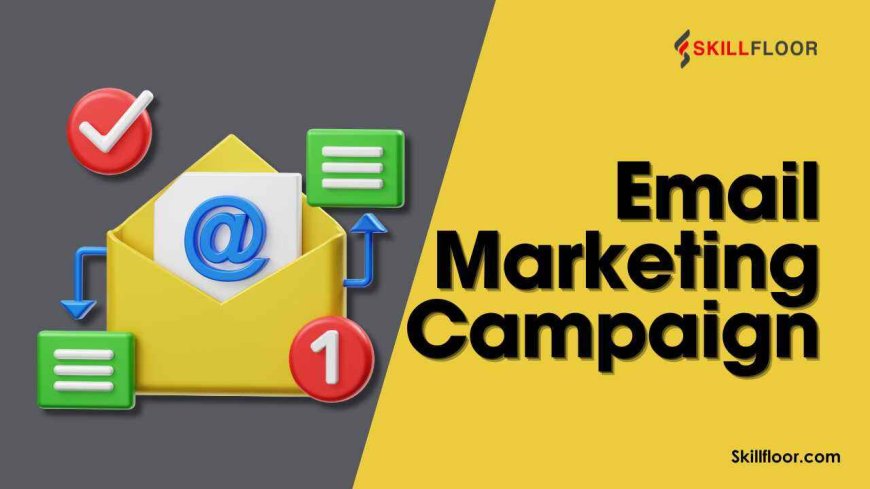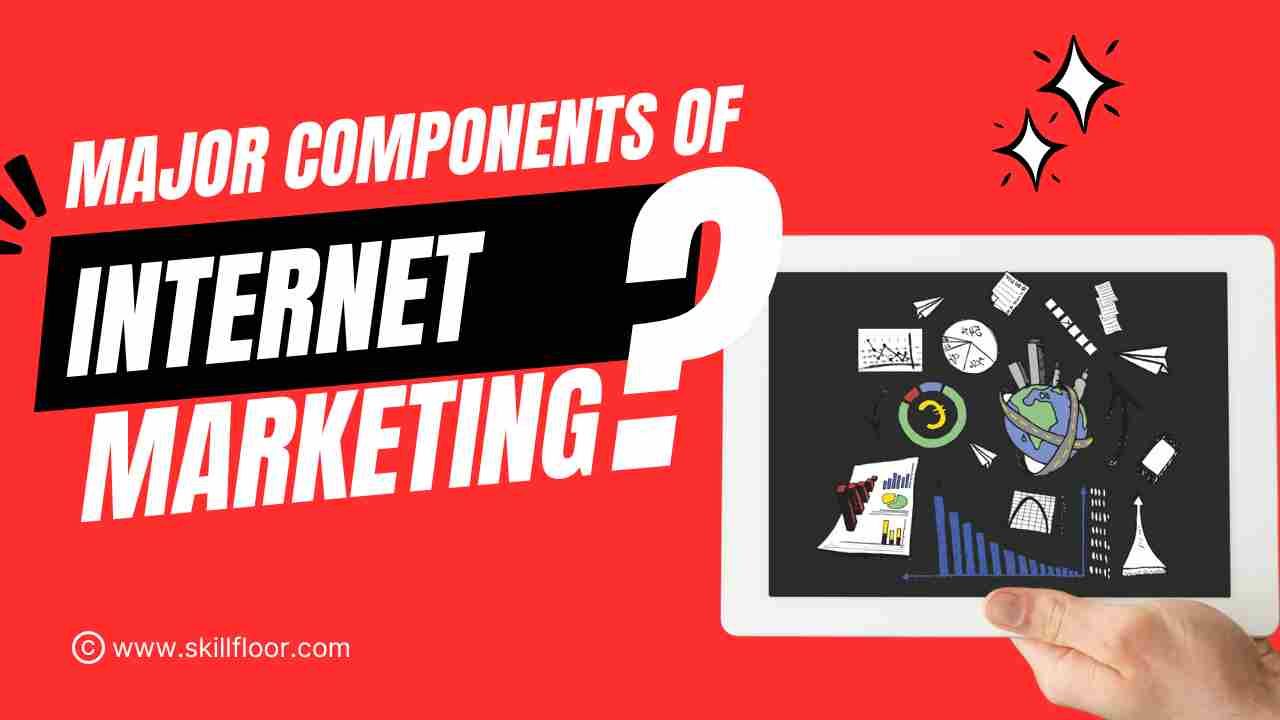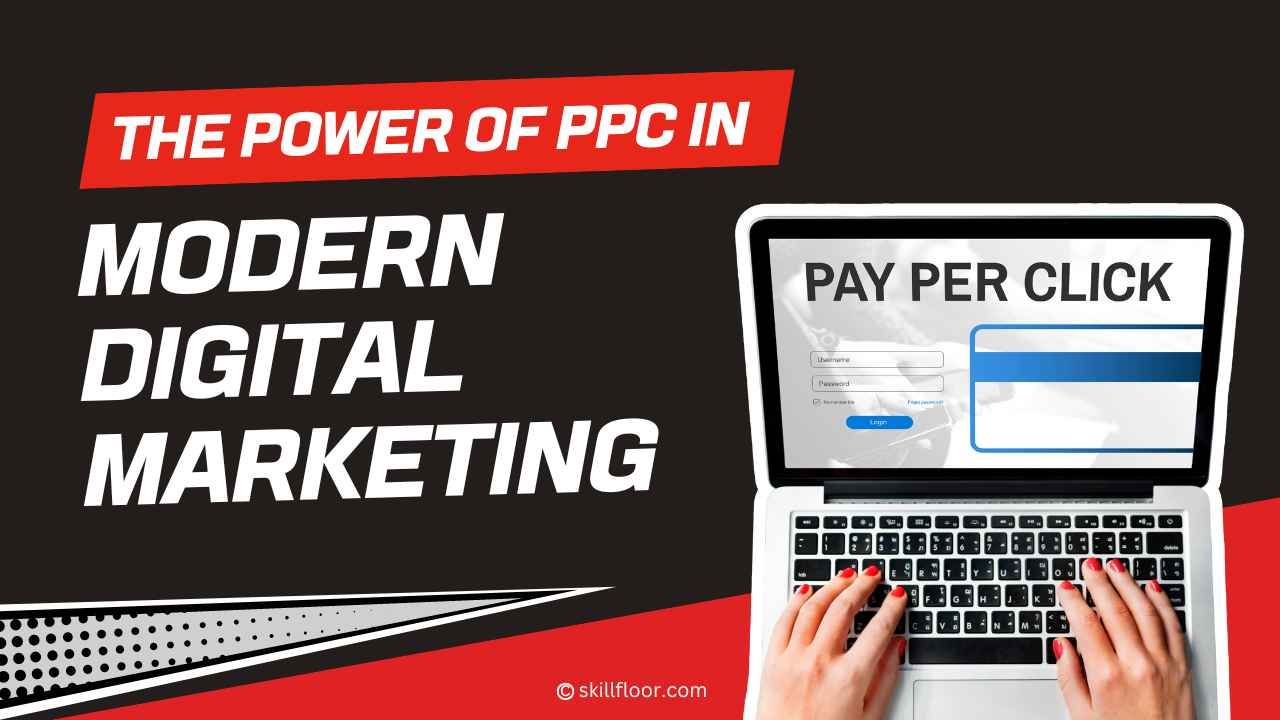How to Create a Successful Email Marketing Campaign
Learn how to create a successful email marketing campaign with actionable tips on strategy, design, and performance metrics to boost engagement and conversions.

Hello! You've certainly heard about the impact of an email marketing campaign if you've been involved in the field of digital marketing through digital marketing courses or a digital marketing institution. For your company, a well-designed email marketing campaign can be a game-changer, improving participation and driving key KPIs like click-through rates (CTR) and email marketing return on investment. You must concentrate on developing a strong email marketing strategy if you want to launch a successful email marketing campaign. This includes each element, including segmentation of audiences, content personalization, and email newsletter design. Your email marketing campaign may become a major force behind your digital marketing initiatives if you know your audience and create messages that speak to them. Whether you're new to the idea or trying to improve your strategy, becoming an expert in email marketing campaigns can have a big impact on your success with digital marketing as a whole.
Understanding the Basics of an Email Marketing Campaign
A set of emails sent to a recipient list to promote a good, service, or piece of information is called an email marketing campaign. An email marketing campaign's essential elements include your email list, the content you send, the email's design, and the metrics you use to evaluate its efficacy.
Why Email Marketing Campaigns Matter
Email marketing campaigns are essential because they let you speak with your audience directly. Emails provide a direct line of connection with your readers, unlike social media where your posts may get lost in the noise. Effective email marketing initiatives have the potential to increase conversions, develop brand loyalty, and yield a high return on investment (ROI).
Building Your Email List
You must have a list of subscribers before you can start sending emails. A vital initial step in every email marketing strategy is creating an email list.
Strategies for Building Your Email List

Offer Value: In exchange for email sign-ups, provide useful stuff like eBooks, tutorials, or special discounts.
Use Signup Forms: Make use of sign-up forms and display signup forms on your blog, social networking accounts, and website.
Make Use of Social Media: Use your social media accounts to advertise your email newsletter.
Organize webinars: Gather emails when people register for the event.
Maintaining Your Email List
Make sure to regularly remove inactive subscribers from your email list. This ensures that your content reaches interested users and enhances the deliverability of your emails.
Crafting Compelling Content for Your Email Marketing Campaign
For email marketing campaigns, content is king. Your content needs to be relevant, engaging, and valuable to your audience.
Tips for Crafting Engaging Content
Personalization: Address your subscribers by name and create material that is specific to their interests and past actions.
Clear and Concise: Make sure your communications are succinct and direct. Keep each email focused on one major point.
Strong Call to Action (CTA): Every email should contain a clear CTA that instructs the recipient on the next steps.
Types of Content to Include
Newsletters: Provide blog postings, business news, and other insightful material to keep your readers informed.
Promotional Emails: Send out promotional emails to announce special offers, discounts, and sales.
Transactional Emails: Provide shipping alerts, order confirmations, and other transactional data.
Educational Emails: Send out informative emails with tutorials, advice, and instructions that are relevant to your industry.
Designing Your Email
The design of your emails plays a crucial role in capturing your audience’s attention and driving engagement.
Key Elements of Email Design
subject Line: Your receivers will see your topic line right away. Make it interesting and relevant.
Preheader Text: The brief description that appears behind the subject line is known as the preheader text. Use it to give more background information.
Visuals: To break up text and add visual appeal to your emails, use graphics, movies, and photographs.
Layout: Make sure your email is easy to read on desktop and mobile devices, with a clear structure.
Branding: Reliability in branding is important. Make use of your logo, fonts, and brand colours.
Best Practices for Email Newsletter Design
Responsive Design: Make sure your emails display well on all devices by using responsive design.
Alt Text for Images: If a picture does not load properly, always add alt text for the image.
Testing: Verify that your emails display correctly by testing them on various email clients and devices.
Timing and Frequency of Your Email Marketing Campaign
Two essential elements of an email marketing campaign are timing and frequency. Sending out too few or too many emails can cause your subscribers to lose interest in you.
Determining the Right Frequency
Know Your Audience: Different audiences have different preferences. Test various frequencies to see what works best for your subscribers.
Content Type: The type of content you’re sending can influence how often you should email your list.
Optimal Sending Times
Weekdays vs. Weekends: Weekdays tend to have higher open rates. Test different days to find the best one for your audience.
Time of Day: Early morning or late afternoon often works well. Again, test to determine the best time for your specific audience.
Implementing Automation in Your Email Marketing Campaign
Automation can significantly enhance the effectiveness of your email marketing campaign by delivering the right message at the right time.
Benefits of Email Automation
Personalization: Send personalized emails based on user behavior.
Efficiency: Automate repetitive tasks like welcome emails, follow-ups, and birthday messages.
Engagement: Keep your audience engaged with timely, relevant content.
Examples of Automated Email Campaigns
Welcome Series: Send out a series of welcome emails to new subscribers.
Emails about Abandoned Carts: Remind clients who have forgotten things in their shopping cart.
Campaigns for Re-engagement: To get lapsed subscribers to rejoin, send them exclusive deals or content.
Analyzing and Optimizing Your Email Marketing Campaign
Analyzing your email marketing campaign’s performance is crucial to understanding what works and what doesn’t.
Key Metrics to Track
Open Rates: The percentage of recipients who open your emails.
Click-Through Rates (CTR): The percentage of recipients who click on links within your email.
Conversion Rates: The percentage of recipients who complete the desired action (e.g., make a purchase).
Bounce Rates: The percentage of emails that couldn’t be delivered.
Tips for Optimization
A/B Testing: Test different subject lines, content, and send times to see what performs best.
Segmenting Your List: Send targeted emails to specific segments of your audience.
Analyzing Feedback: Pay attention to feedback from your subscribers to improve future campaigns.
developing and managing an effective email list, producing relevant and engaging content, creating visually appealing emails, and maximizing frequency and timeliness are all necessary for a successful email marketing campaign. You may increase efficiency and effectiveness by automating processes and regularly monitoring important metrics like open rates and click-through rates (CTR). This will eventually lead to increased engagement and the achievement of your digital marketing goals.




























































